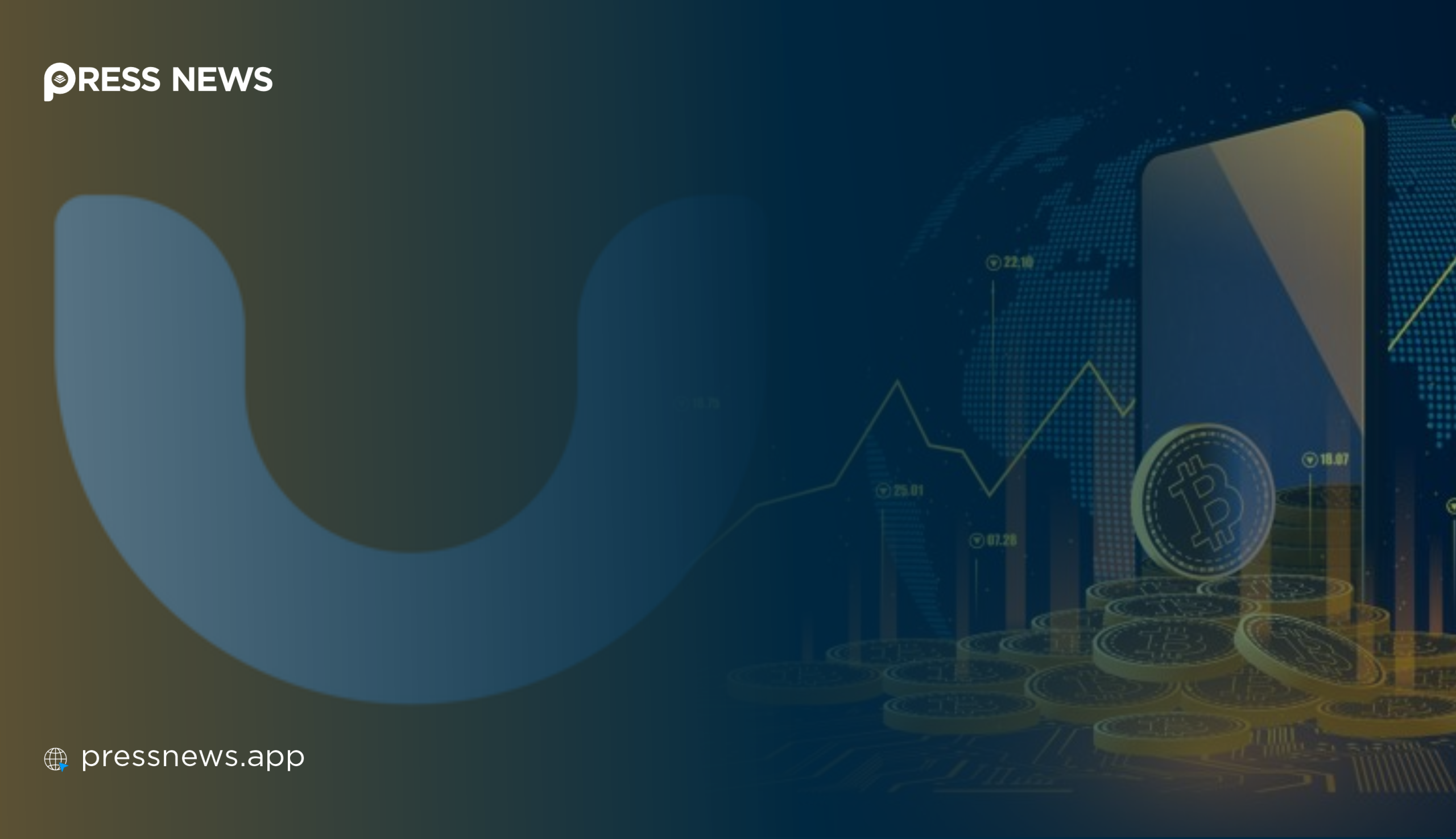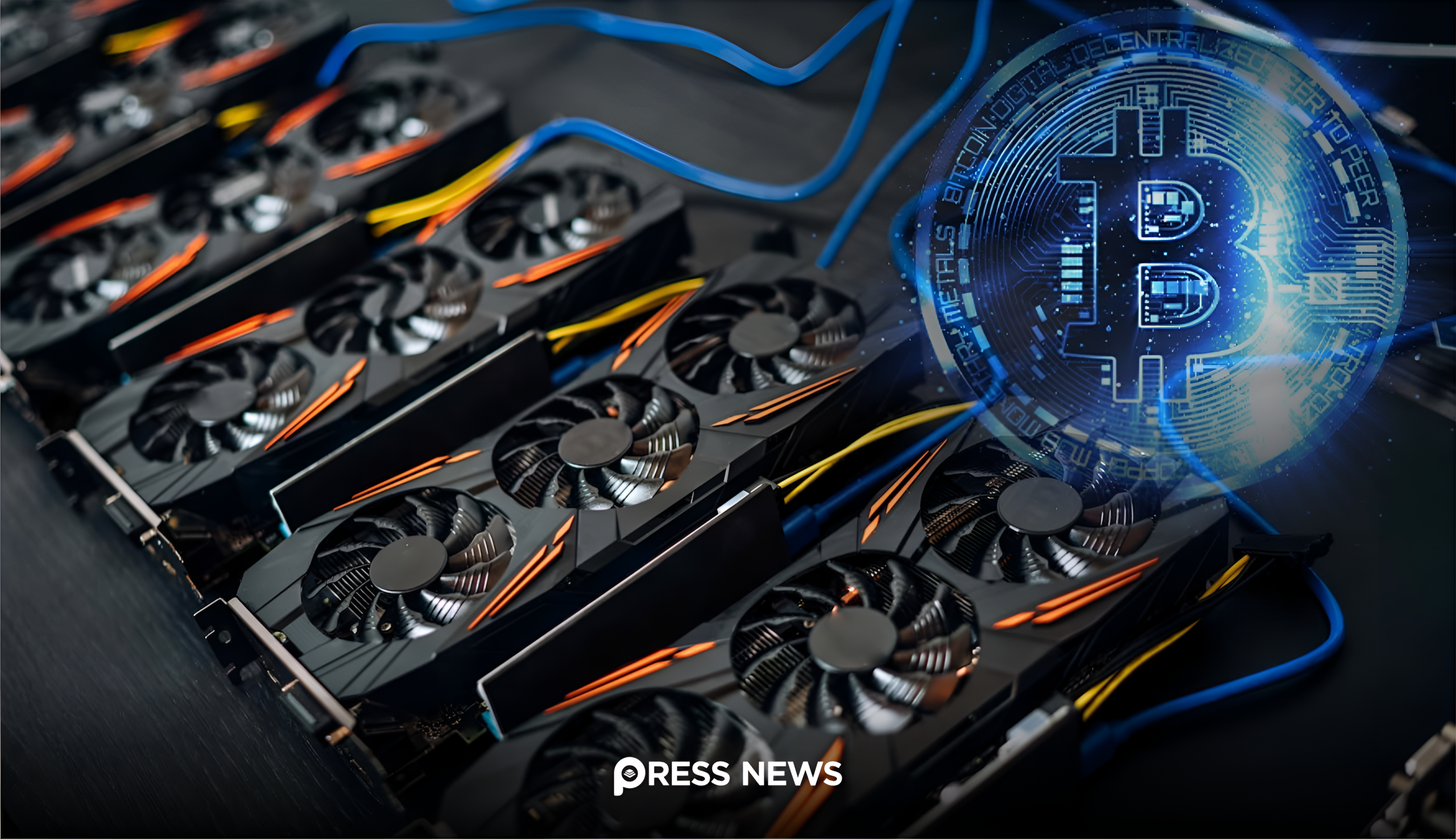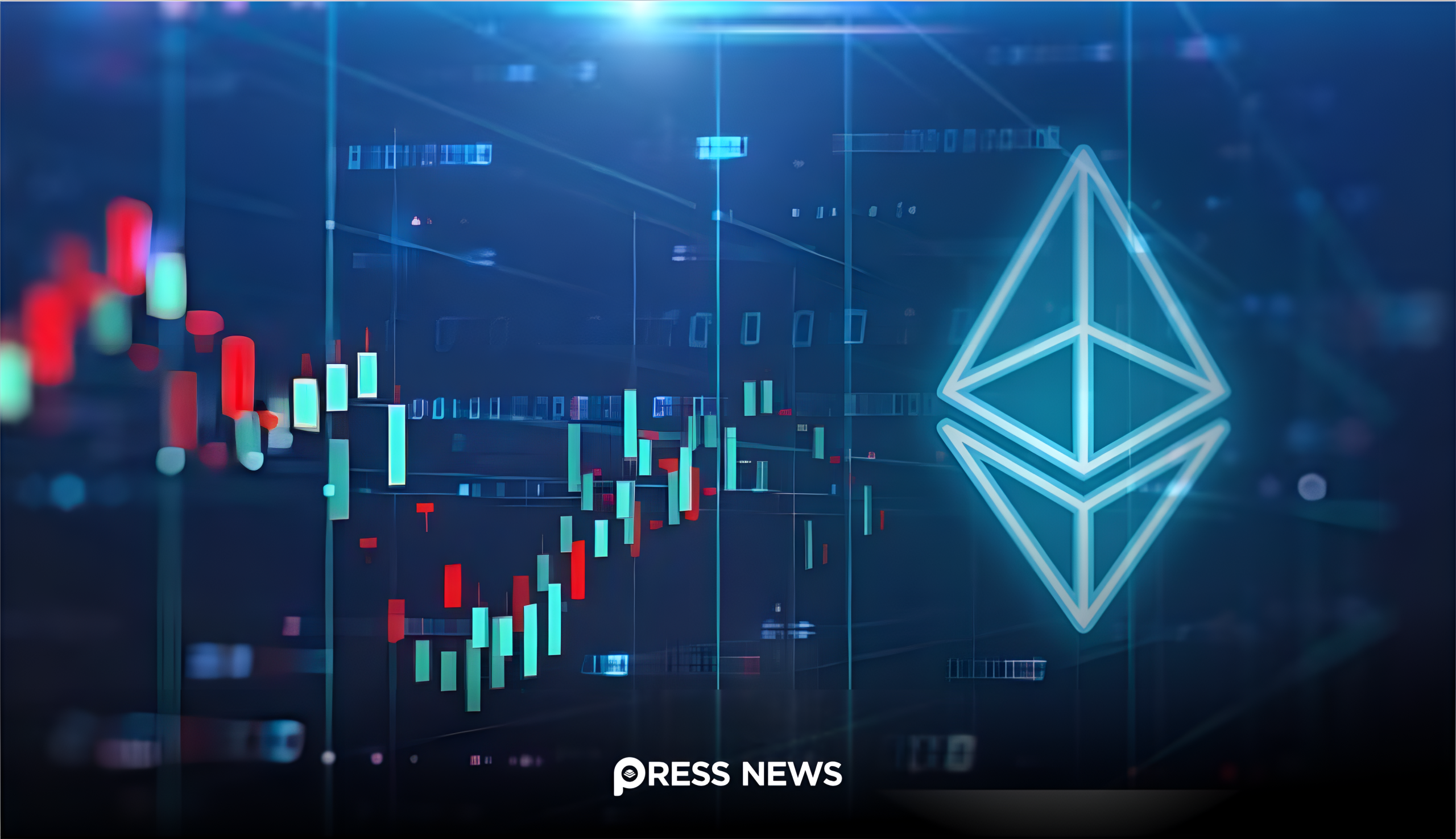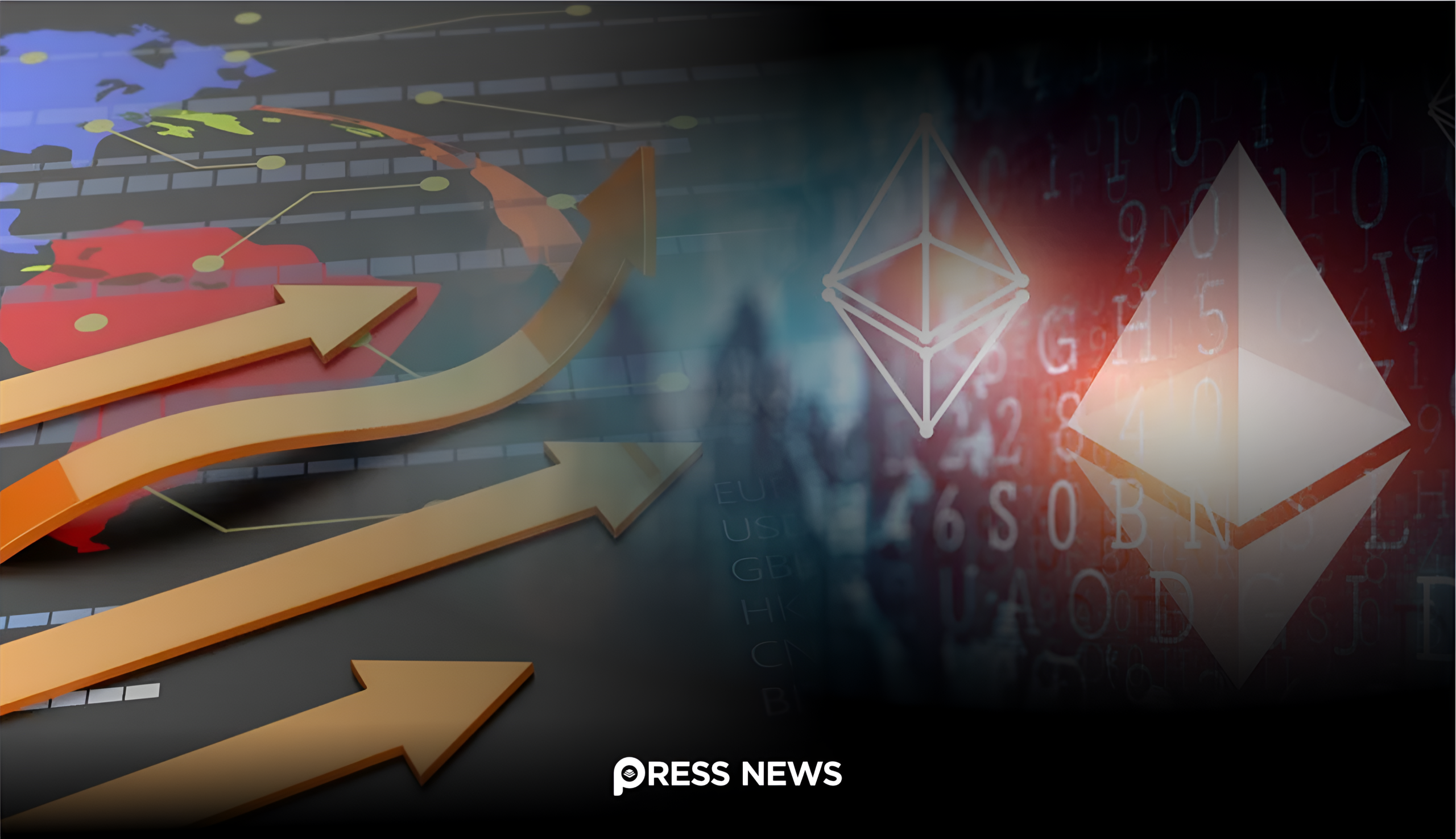Hedera Foundation Partners with The Binary Holdings to Onboard 169 Million+ Users
A crypto exchange suspected of being the successor to the now-defunct and sanctioned Garantex has quietly funneled over $1.66 billion through the digital asset ecosystem, drawing increasing scrutiny from blockchain analysts and compliance experts. Known as Grinex, the platform has emerged as a focal point in ongoing investigations into sanctions evasion and illicit finance within the crypto industry.
Despite being on the radar of blockchain forensic firms, Grinex has seen its transactional footprint grow steadily, with most flows moving through exchanges that may be unaware of—or are ignoring—its links to previously blacklisted entities.
“You can see the amounts are devastating—and they’re growing daily,” said Yury Serov, head of investigations at Global Ledger, a Swiss blockchain analytics firm tracking suspicious fund flows. “We are watching an unchecked escalation that regulators and VASPs need to take more seriously.”
From Garantex to Grinex: A Familiar Playbook
In March 2025, a joint international operation involving U.S., German, and Finnish authorities dismantled the infrastructure of Garantex, a Russia-based exchange that had been operating since 2019. The platform was sanctioned by the U.S. Treasury in 2022 for allegedly processing billions in illicit transactions, including funds tied to ransomware, darknet markets, and fraud schemes (U.S. Treasury).
Following the takedown, law enforcement officials seized domain names, froze accounts, and captured backup server data tied to Garantex operations. Days later, Indian authorities arrested Aleksej Bešciokov, reportedly a key figure behind the exchange, on U.S. money laundering charges.
Almost immediately afterward, blockchain monitoring firms began tracking suspicious wallet activity that mirrored the transactional patterns of Garantex—this time originating from a new entity: Grinex.
According to Global Ledger, over $60 million worth of Russian ruble-backed stablecoins were transferred from Garantex-associated addresses to wallets linked to Grinex, indicating a direct operational and financial link. On-chain evidence, combined with off-chain intelligence, led analysts to identify Grinex as a “full-fledged successor” to the sanctioned exchange.
Over $1.66 Billion Funneled Through 180+ Exchanges
Grinex’s activity has not gone unnoticed by compliance firms and crypto regulators. As of May 30, 2025, Global Ledger estimates that $1.66 billion in crypto assets—primarily in Tron-based USDT (USDt)—has moved in and out of more than 180 exchanges, many of which are registered as Virtual Asset Service Providers (VASPs).
“Many of these transactions don’t even attempt to mask their origins,” Serov explained. “There’s often no layering or obfuscation—just direct fund transfers from Grinex to exchanges with insufficient monitoring systems.”
The situation is exacerbated by the fact that Tron has surpassed Ethereum in USDt supply, making it a preferred network for rapid, low-cost stablecoin transfers. In 2024 alone, blockchain compliance firm Bitrace reported that over $649 billion in stablecoin flows were exposed to high-risk addresses, with more than 70% of those flows occurring on Tron.
Serov warned that while Travel Rule frameworks such as FATF’s guidelines exist, many VASPs are either non-compliant or lax in enforcement. Some exchanges, he noted, did acknowledge Global Ledger’s warnings—while others have failed to respond.
“Under the Travel Rule, receiving exchanges must collect and verify the identity of the sending party. That’s clearly not happening across the board,” he told Cointelegraph.
Binance Responds, Others Stay Silent
Of the six top global exchanges contacted by Cointelegraph for comment, only Binance confirmed that it had policies in place to block both direct and indirect exposure to sanctioned actors.
“While it is not possible to prevent incoming deposits, we take action against accounts interacting with sanctioned addresses,” a Binance spokesperson said. “We also proactively restrict outbound transfers to those addresses.”
Despite such assurances, Global Ledger’s sample fund trail analysis shows that in many cases, transactions involving Grinex were processed without the use of mixers or other obfuscation tools—suggesting either gaps in exchange compliance or willful neglect.
Cointelegraph reached out to Grinex directly but received no response by publication time.
Grinex Reflects a Broader Problem in Crypto Enforcement
The Grinex saga is part of a larger trend in how illicit platforms evolve to survive enforcement efforts. Experts warn that many entities targeted by sanctions or shutdowns often rebrand and re-emerge under new names, exploiting weak regulatory harmonization across jurisdictions.
“We’ve seen this play out with exchanges like BTC-e becoming WEX, and now with Garantex morphing into Grinex,” said Alex Katz, CEO of crypto compliance firm Kerberus. “Unless KYC and Travel Rule requirements are enforced globally, these transitions will keep happening.”
The European Union, for its part, is tightening its grip. Under the Markets in Crypto-Assets (MiCA) regulation, exchanges are required to de-risk their stablecoin exposure—particularly to tokens that are not backed by fully audited reserves. As a result, some European exchanges have started delisting USDT pairs in favor of EU-compliant alternatives like EUROe or USDC.
Still, Serov notes that many exchanges exposed to Grinex hold European licenses yet continue to operate in non-EU jurisdictions, including regions popular among Russian expatriates post-2022.
“These exchanges are often legally licensed in the EU but facilitate high-volume transfers from users abroad—some of whom retain legal status in third countries,” he said.
The Road Ahead: Regulation or Reinvention?
Despite growing international coordination to crack down on illicit finance, Grinex demonstrates that regulatory enforcement remains fragmented, allowing bad actors to move billions across borders with ease. While Tether has frozen funds in previous cases—such as $27 million linked to Garantex—there’s no indication yet that similar steps have been taken with Grinex.
“The question is not whether the tools to stop this exist—they do,” said Serov. “It’s whether VASPs and regulators are willing to use them with consistency.”
Grinex is the latest reminder that compliance must evolve as fast as the threat landscape. If not, even the best regulations may remain toothless in the face of determined adversaries.


 Press Labs Inc.
Press Labs Inc. 








